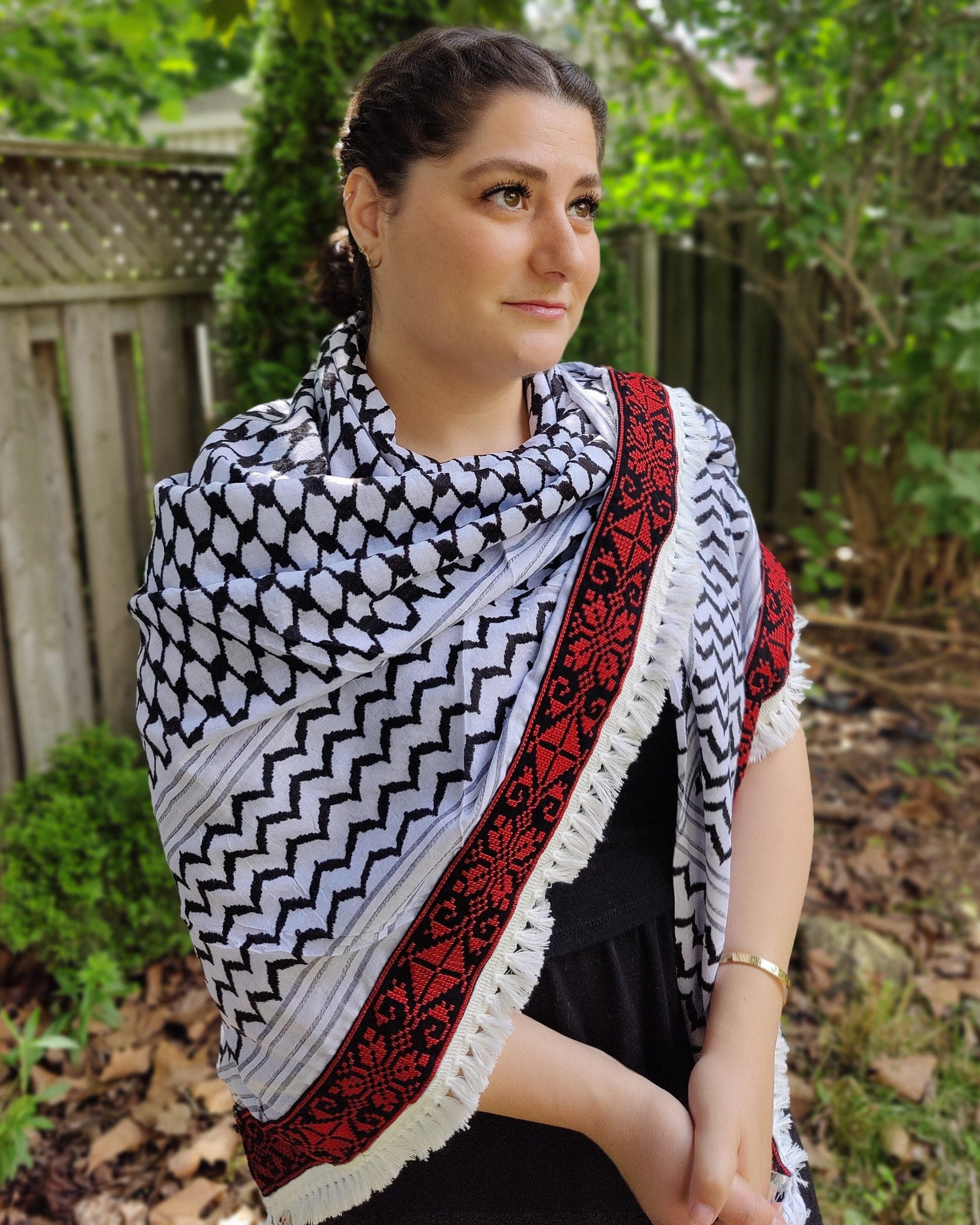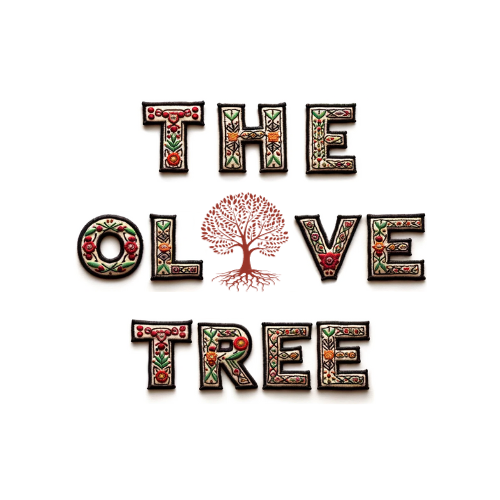Every Stitch a Story: How Palestinian Women Wove Identity Into Thread

2 min read
Tatreez: The Palestinian Art of Stitching Stories Into Fabric
Tatreez, the traditional Palestinian art of embroidery, is far more than decorative stitching. It is storytelling. It is resistance. And it is a thread that binds generations of Palestinian women to their land, identity, and memory.
Over 750,000 Palestinians were displaced during the Nakba in 1948. Many lost their homes and communities—but women carried their heritage with them. Wrapped in thobes and scarves stitched with intricate tatreez, they preserved their culture in exile. Every stitch, every motif, held meaning: village names, marital status, social class, or even personal hopes.

Tatreez is not one uniform style—it shifts by region. The vivid reds of Ramallah, the geometric patterns of Hebron, the floral flourishes of Bethlehem: each town spoke its own dialect through thread. Passed down from mother to daughter, these designs were traditionally taught by hand—not from books or schools, but through memory and repetition, often in gatherings of women.
Today, tatreez is being revived and reimagined—not only in Palestine, but by diasporic communities and allies around the world. It lives on clothing, on bags, on homeware—and on protest signs and banners. Stitch by stitch, it continues to tell the world: We are still here.
Tatreez is a cultural heritage protected by UNESCO and celebrated by a new generation. Learning about it is not just about appreciating beauty—it's about recognizing a people’s resilience and the quiet power of women’s hands to carry memory across borders.

